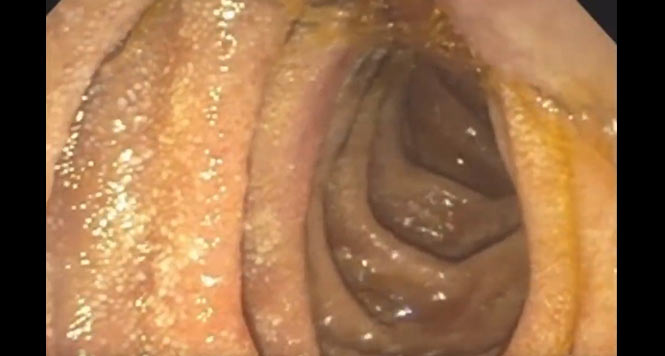True Rate of Post-ERCP Pancreatitis: Do Randomized Trials Provide the Answer?
Rajesh N. Keswani, MD, MS, reviewing Akshintala VS, et al. Gastrointest Endosc 2023 Mar 31.
Pancreatitis after ERCP is one of the most common and morbid adverse events following any gastrointestinal endoscopy procedure. It is imperative that the consent process for ERCP advise patients on the rate and significance of post-ERCP pancreatitis (PEP). However, identifying this rate is somewhat challenging because the risk of PEP varies based on patient characteristics, operator experience and skill, and the definition of PEP. Thus, any data that attempt to bring clarity to the true rate of PEP are welcome.
In this study, the authors utilized data from patients undergoing ERCP in randomized controlled trials (RCTs). In total, they identified 145 RCTs. They chose the unique approach of focusing only on patients who did not receive any pharmacologic therapy or a pancreatic stent so they could quantify a baseline PEP rate.
Among the 19,038 patients, the overall cumulative incidence of PEP was 10.2% (95% confidence interval [CI], 9.3%-11.3%). Accepting that there is no universal definition for “high-risk” PEP, the authors utilized the definition proposed by the authors of each individual study; the cumulative PEP rate in these “high-risk” patients was 14.1% (95% CI, 11.5%-17.2%). The cumulative incidence rates of severe PEP (hospitalization for more than 10 days and/or the presence of pseudocyst, pancreatic necrosis, need for percutaneous drainage or surgery, or death) and mortality were 0.5% (95% CI, 0.3%-0.7%) and 0.2% (95% CI, 0.08%-0.3%), respectively. Interestingly, the rate of PEP in these patients who received no prophylaxis did not decrease from 1977 to 2022.

COMMENTIt is important to emphasize that this “true” rate of PEP is a rate in which ERCP is performed predominantly by high-volume ERCP experts and without the use of any proven PEP prophylaxis. Thus, although these data are critically important in designing trials to reduce PEP incidence, this is not the number we should use to quote PEP risk to patients when using proven pharmacologic (indomethacin and intravenous hydration) and technical (pancreatic stents) interventions to reduce PEP risk. The “true” PEP risk is significantly lower in practice when performing high-quality ERCP utilizing available evidence. In general, the most appropriate number to provide patients during informed consent is based upon individual patient risk factors and the historical PEP rate of the endoscopist performing the procedure.
Note to readers: At the time we reviewed this paper, its publisher noted that it was not in final form and that subsequent changes might be made.
CITATION(S)
Akshintala VS, Kanthasamy K, Bhullar FA, et al. Incidence, severity and mortality of post ERCP pancreatitis: an updated systematic review and meta-analysis of 145 randomized controlled trials. Gastrointest Endosc 2023 Mar 31. (Epub ahead of print) (https://doi.org/10.1016/j.gie.2023.03.023)


